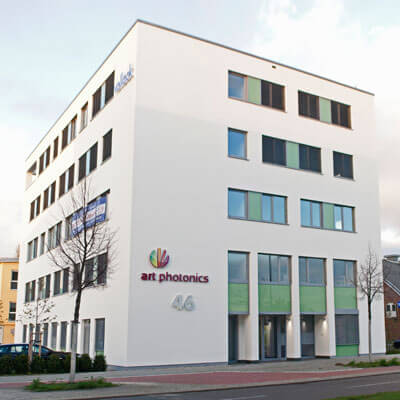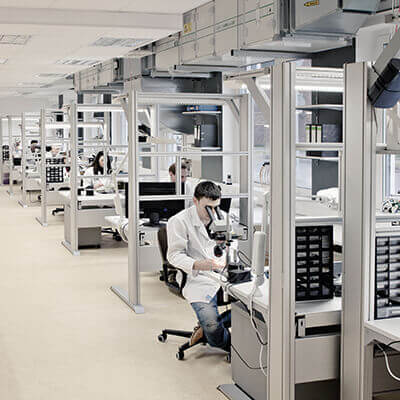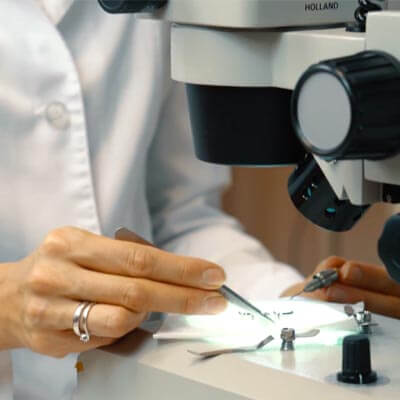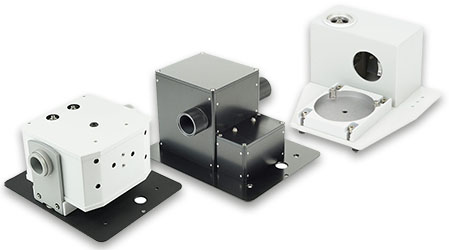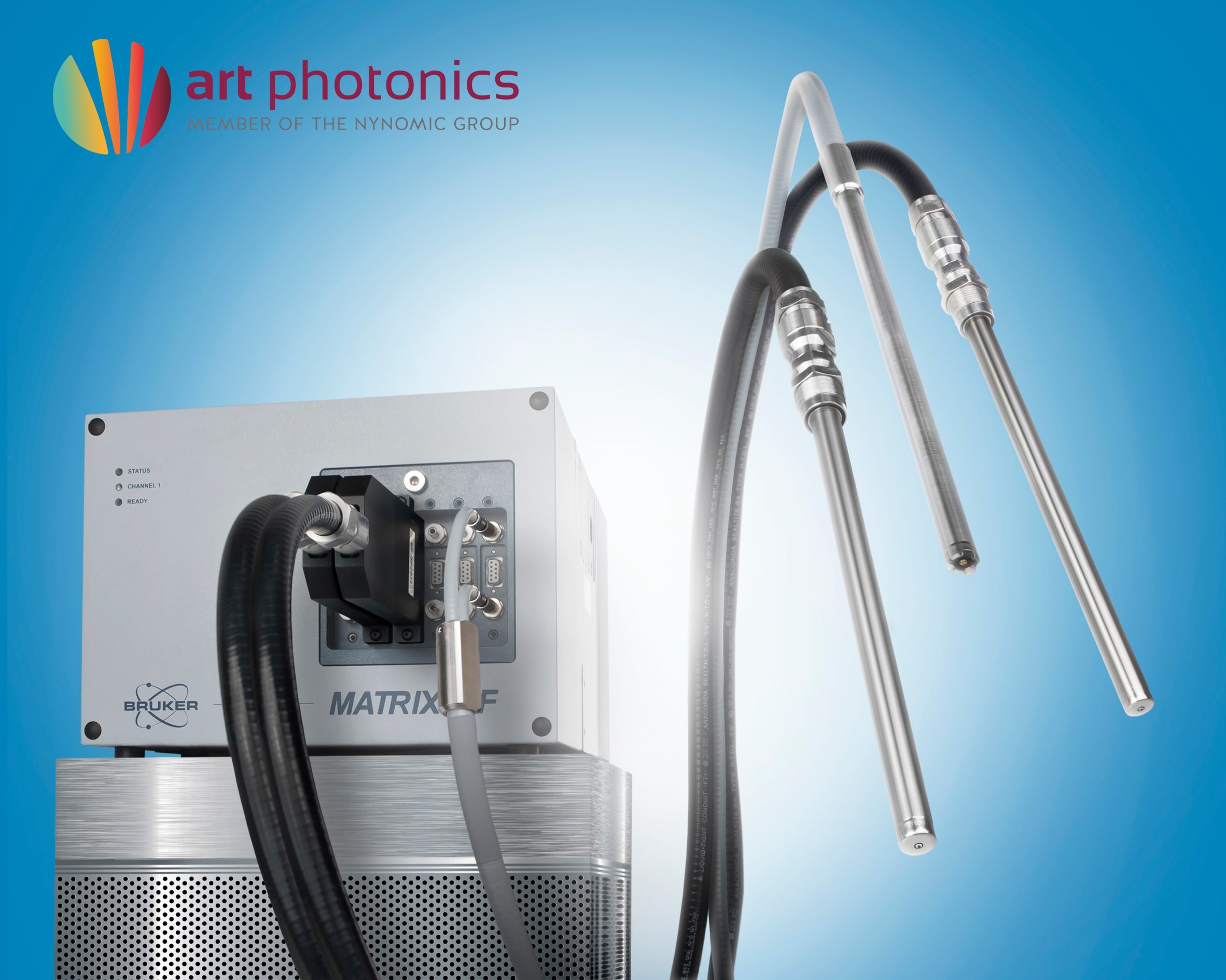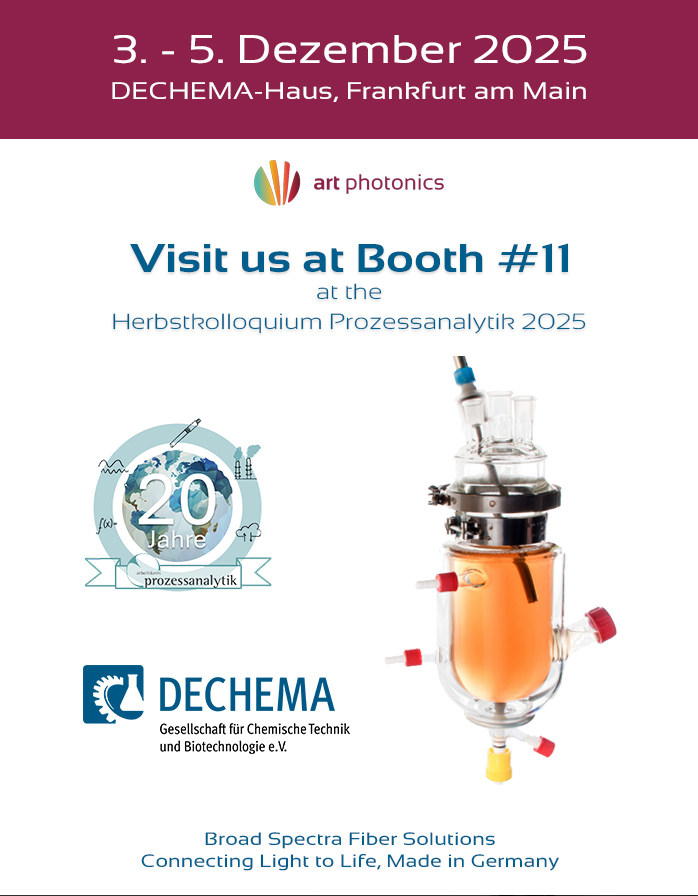Is your process spectrometer giving you the full picture? For engineers working in process control and Process Analytical Technology (PAT), the quality and reliability of real-time data are paramount. While the spectrometer itself is the core of the system, its performance often hinges on a component that can be easily overlooked: the optical fiber. The […]
FlexiSpec®
FlexiRay®
FlexiService
We extend our sincere thanks to all who attended our recent webinar, "Selecting the Right Fiber Optic Probe for your Application." The event was met with a great response, and the insightful questions from our live attendees underscored that choosing the best tool for spectroscopic analysis remains a key challenge for many scientists and engineers. […]
In complex chemical analysis and biomedical diagnostics, relying on a single spectroscopic technique often results in a "blind spot." While Near-Infrared (NIR) offers speed, it frequently lacks specificity. Raman spectroscopy provides a precise molecular fingerprint but often battles fluorescence interference. Mid-IR offers excellent structural detail but is limited by shallow penetration depths. The Challenge: Spatial […]
art photonics GmbH is pleased to announce that we will be exhibiting at SPIE Photonics West 2026 in San Francisco. We invite you to join us at the world’s premier event for the optics and photonics industry, held at the Moscone Center from January 17-22, 2026. As a global leader in specialty fiber optic solutions, […]




